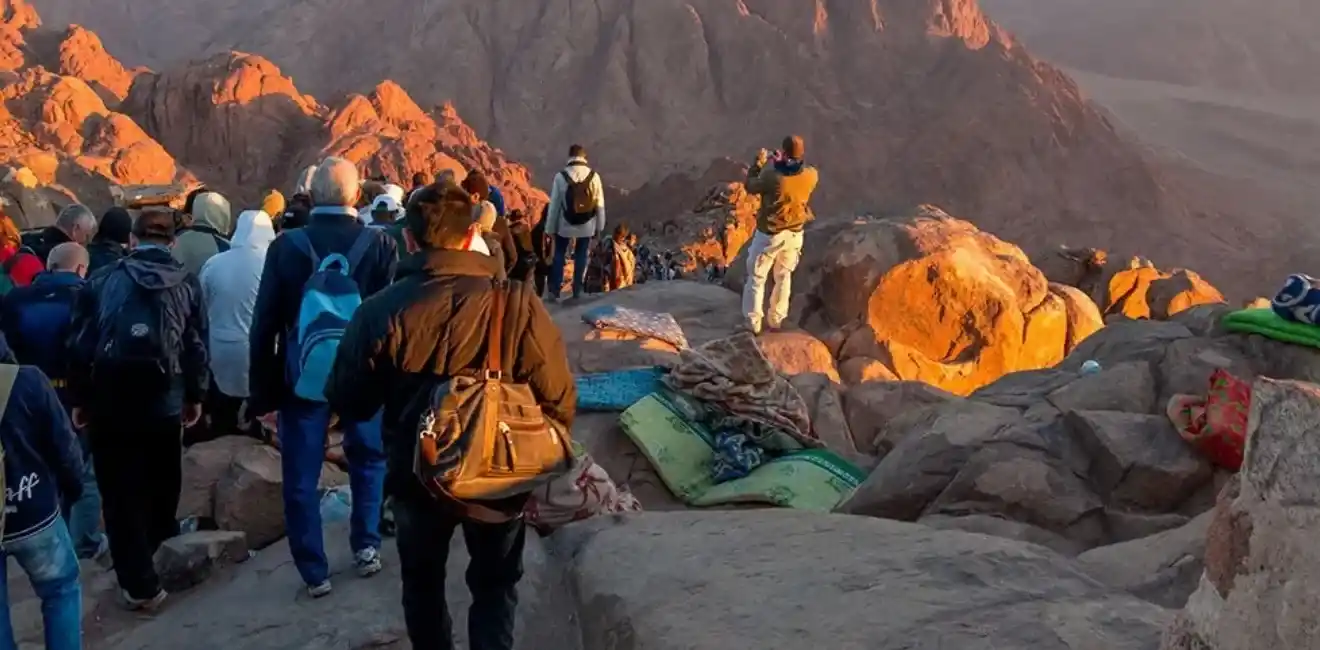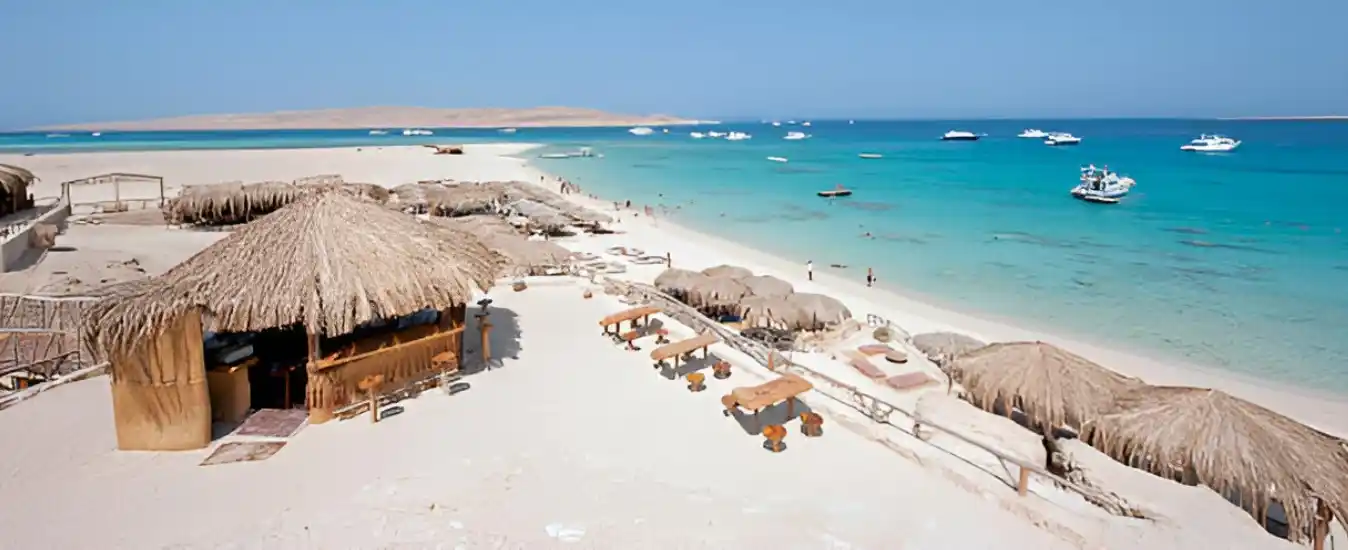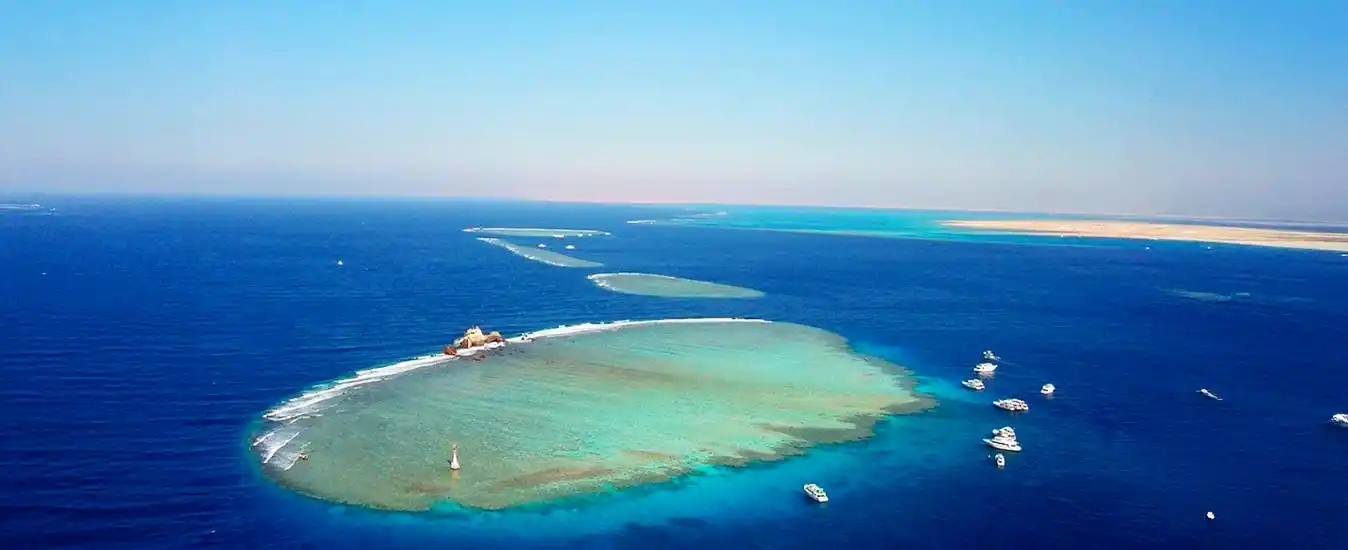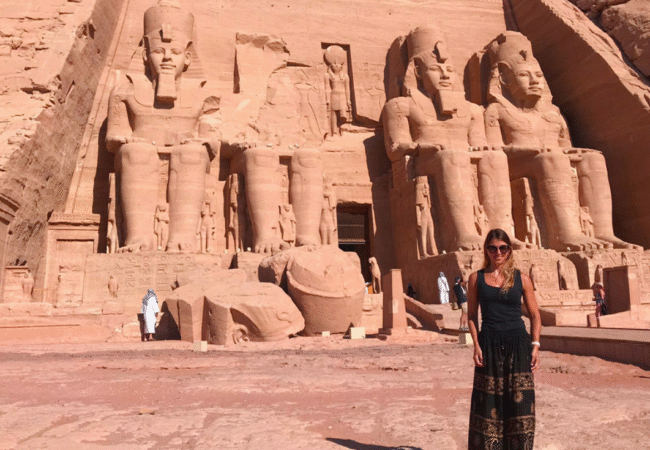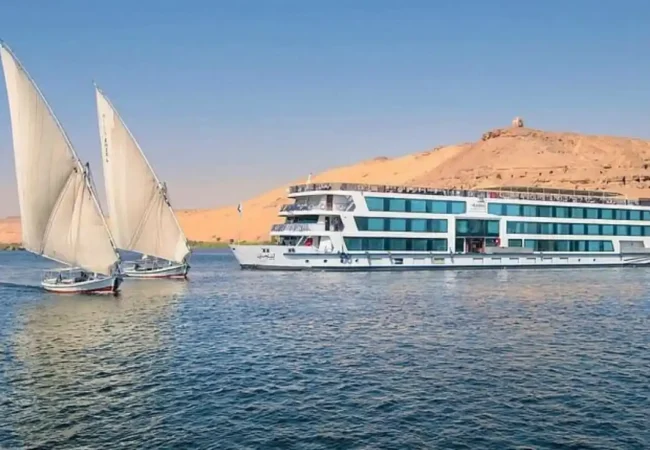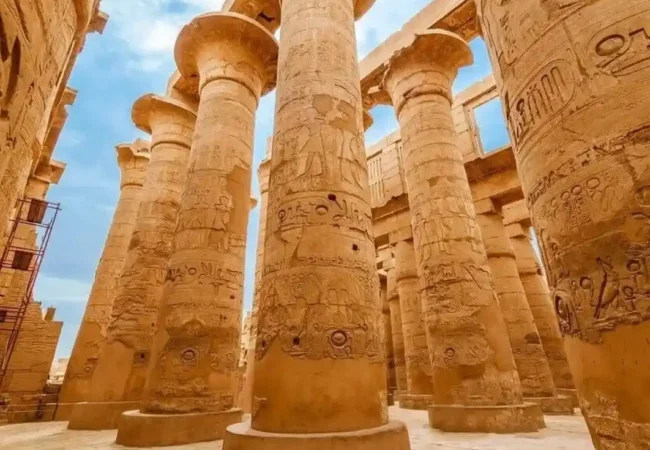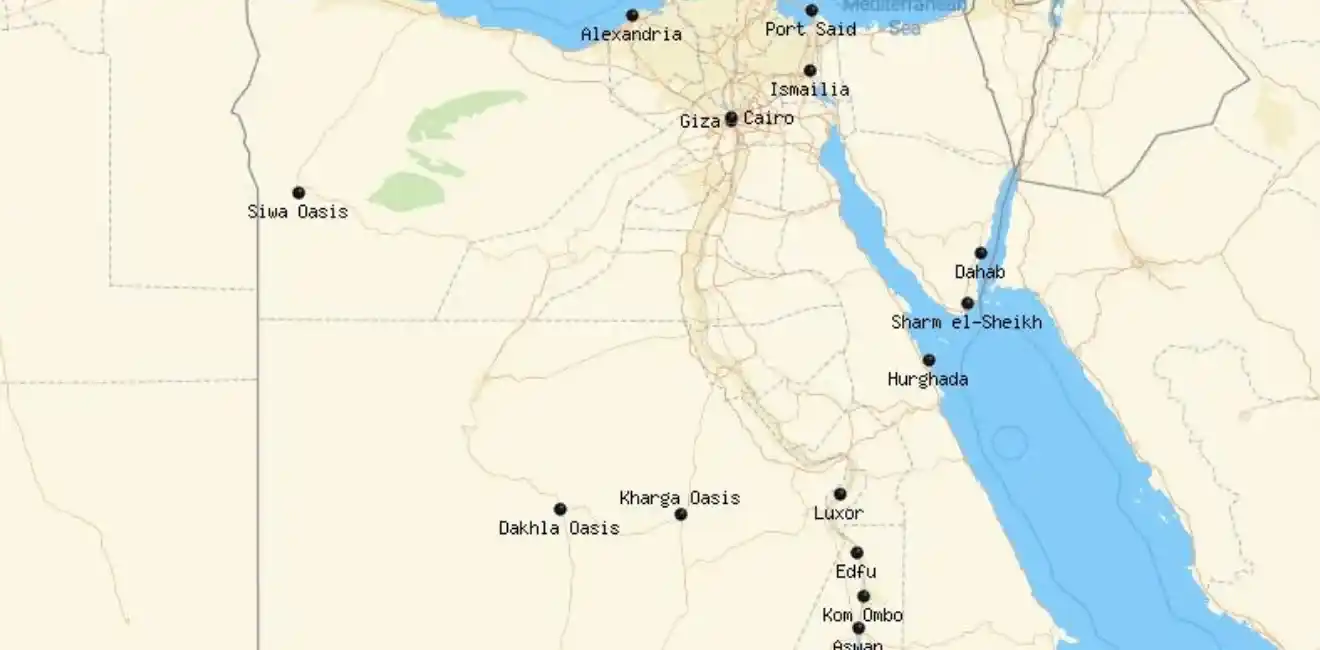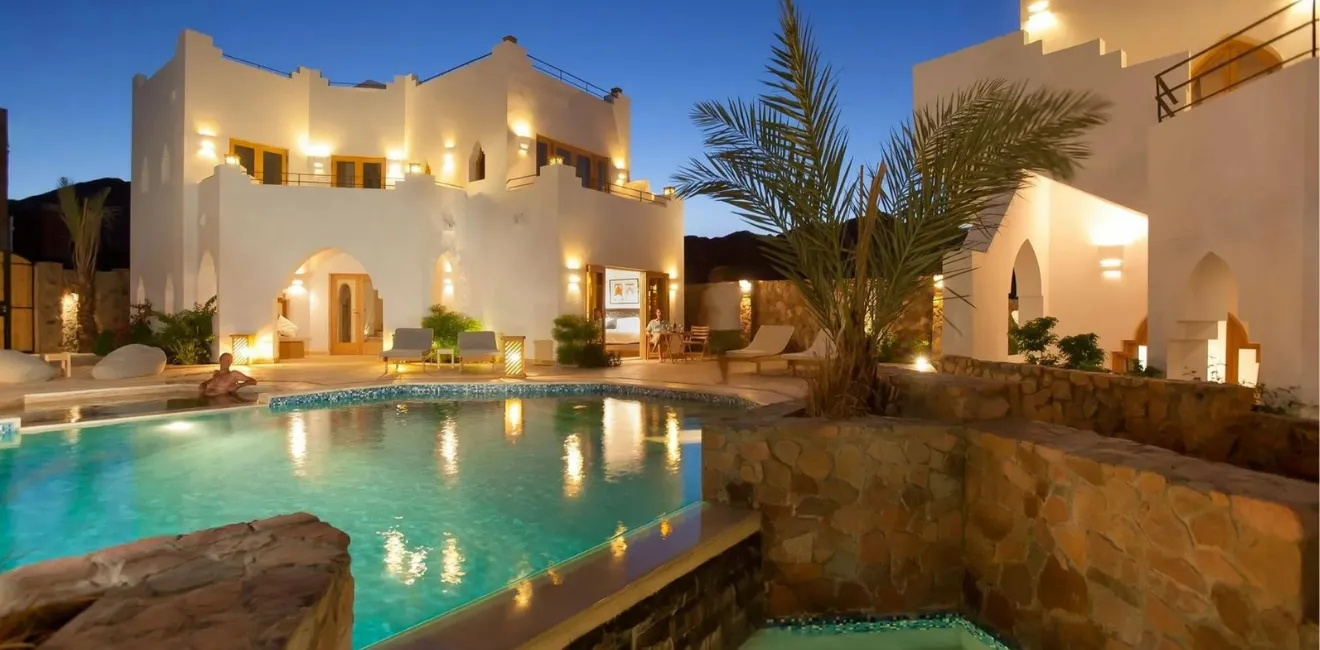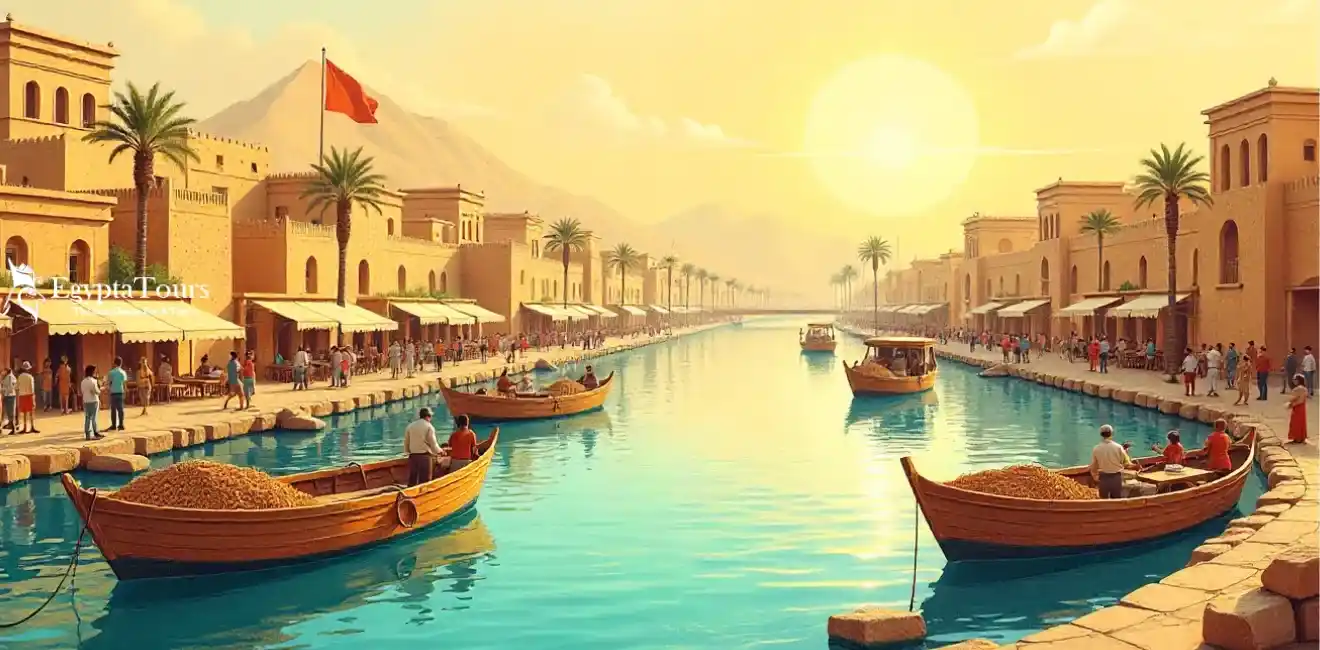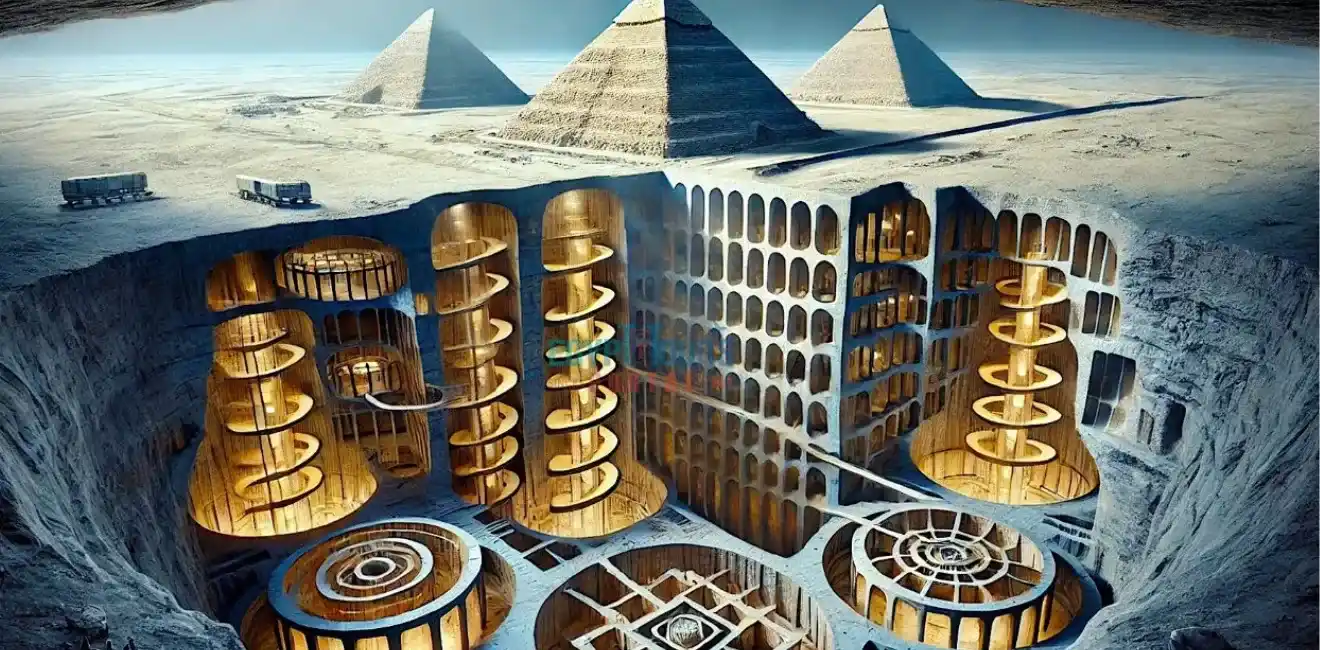
The Magical Gates of Cairo: A Journey Through History
The Gates of Cairo are the heavenly guardians of the golden Islamic city of Cairo that has stood the test of time for over twelve hundred years. They served as the final gateway to one of the greatest Islamic monuments ever built in medieval history. Many people from all over the world travel across oceans and deserts to catch a glimpse of these ancient monumental doors that shed light on the innovation and imagination behind magnificent Islamic architecture. “Bab” is Arabic for “Door”, “Gate” or “Entrance”.
The main function of the gates was to protect and guard the core of the city, which was also a priority. Through these heavenly doors there are a number of the most wonderful works of Islamic art that highlight the grandeur of the huge doors of this eternal capital.
Qahiret Al Moez is a true national treasure consisting of hundreds of tombs, mosques, palaces, madrasas, fortifications and caravanserais dating back to the Islamic Golden Age. Discover the timeless and hidden wonders of this glorious city that has stood the test of time. Here is a list of the top 30 gates of Cairo:
Bab Zuweila
Bab El Nasr
Bab El Fetouh
El Bab Al-Akhdar
El Bab El-Gadid
Bab El Ser
Bab Sa’ada
Bab El Selsela
Bab El Ghory
Bab El Wazir
Bab Qaitbay (Cemetery)
Bab Khan El Khalili
Bab El Husseinia
Bab El Khalk
Bab El Khokha
Bab El Shairia
Bab El Tawfik
Bab Qasr El Selehdar
Bab El Qela
Bab El Qantara
Bab of Darb El Laban
Bab El Barkia
Bab El Eid
Bab El Zumered
Bab El Dahab
Bab El Zahuma
Qasr El Shawk Bab
Bab Al-Dheisheh
Bab Al Shariya
Bab El Hadid
The wonderful city of Cairo received the title of fortress and citadel, which has a square shape, 1100 m2 wide and 1200 m2 long. The Greater Cairo Gates were constructed in 969 AD by the ruler of the Fatimid Caliphate to serve as a defensive wall providing a number of administrative and organizational purposes. The Fatimid Empire established a second wall in 1902 AD in Cairo which included several fortified gates on the Cairo Gates in order to guard the outer and inner areas of the capital.
Cairo was known in the Fatimid era (969 – 1171 BC) as the Cairo of El Moez after the ruler El Moez Li-Dinellah Al Fatimi. It consisted of four suburbs surrounded by a number of walls filled with charming gardens, majestic sites, and luxurious buildings. Which was home to many princes and rulers.
The Purpose of Cairo Gates
The main purpose of the gates of Cairo was to provide defense and divide the city into different economic and social classes. Each portal is carved with a number of exquisite decorative features and artistic elements displaying many important facts about the ruler of the city as well as his victories, faith, power and influence. Gates of Cairo served as modern passport control, supervising the entry and exit of people, goods, animals, and vehicles.
They also had vital responsibility for their commercial, tax, security, military, health and municipal powers. The Gates of Cairo were used to make public announcements of any kind as well as to behead enemies and common criminals. These fortified gates were greatly decorated with a number of inscriptions, sculptures and heraldic shield decorations.
Many of the gates have been restored and rebuilt several times. UNESCO labeled Oahiret Al Muizz as a World Cultural Heritage Site, which served as “one of the oldest Islamic cities in the world, with its famous mosques, schools, baths and fountains” and “the new center of the Islamic world, which has reached its golden age.” In the fourteenth century.
Bab Zuweila
Bab Zuwaila is one of the largest gates of Cairo. It was built by Badr El-Gamali in 1902 across the southern wall and in front of the old Bab Zuwailah, which was built by Jawhar Al-Siqali in 969 AD. It consists of two adjacent holes. Above the door are the two minarets of the King Al-Muayyad Mosque, and there are those who call it Bab Al-Muayyad or Bab Al-Mutawali.
Zuwaila Gate witnesses many important historical events, as the heads of messengers of the Tatar leader Hulagu were hung from the gate, and Toman Bay, the last Mamluk sultan, was also hung from the gate. It was named after a Berber tribe called Zuwayla that was stationed near it. The gate is very rich in artistic details and was the place where the annual Egyptian pilgrimage to Mecca departed.
Bab El Nasr (the Victory Gate)
The magnificent Victory Gates of Cairo is located close to the Khan al-Khalili Golden Market, east of Bab al-Futuh. It was established by Jawhar Al-Siqali in 969 AD, and was renovated in 1085 by Badr al-Gamali. It is one of the most beautiful Islamic monuments and the only one completely intact, made up of two giant squares of magical statues of shields and swords. It is one of the most stunning military monuments ever made in Egypt dating back to the Middle Ages.
At the heart of this huge divine door is important information about the date of construction and the name of the builder. There are stairs leading to the upper door, which has a stone construction with an epic knot and is the first of its kind in Islamic architecture. When every Egyptian army wins a battle or war, they pass through this glorious gate. Some of the greatest rulers of Islamic Egypt, such as Al-Zahir Baybars, Qalawun, Al-Ashraf Khalil, and Al-Nasir Muhammad bin Qalawun, crossed this wonderful door.
Bab El Fetouh
One of the most magnificent gates of Cairo is Bab al-Fetouh, built by Jawhar Al-Siqali in 969 AD, and renovated in 1087 AD by Badr al-Gamali. It consists of two completely circular towers with an entrance and two windows in the middle. Found on each side of two towers, one for observation and the other for defence. Through its openings there are a number of decorations made of small columns. It is one of the most wonderful doors that is connected to Bab al-Nasr by a wall and connected to some basements.
El Bab Al-Akhdar ”The Green Gate”
The Green Gate Is made of a huge block of stunning engraved stone measuring 6.65 m wide and 5.85 m high and is located adjacent to the Al-Hussein Golden Mosque from the northwest side. This stunning of El Bab Al Akhdar entrance is known to be 2.5 meters high and 2 meters wide. It is known that the gate is the only Fatimid monument that represents the only remaining part of the tomb of Sultan Hussein, which was created to preserve his head in a silver box.
El Bab El-Gadid ”The New Gate”
El Baba El Gadid was created in 1170 by Saladin Al-Ayouby and one of gates of Cairo that is located 150 meters south of the Asphalt Tower. The new gate was named after the gates of the two fortresses in the Islamic Golden Age, as it consists of two gates. One of them belongs to Salahdin and the other belongs to Muhammad Ali and consists of a large tower and a small tower. The gate has the most charming architecture which makes it a very beautiful and grand fort due to the various inclinations found across its entrance.
Bab El Ser, El Jabel Citadel
El Ser Bab is a golden gate created to be an entrance for the elite, senior state officials, ministers, scribes, and princes. It is known today as Bab al-Wastani, which in Arabic means “the middle door.” The gate is located in the middle gate that separates the general sea gate of the citadel from the Muhammad Ali Mosque and the El-Naser Muhammad bin Qalawun Mosque.
Bab Sa’ada
Bab El Sa’ada is a magic gate that was found in ancient Egypt across the western wall adjacent to the El Khalij El Masry’s “Egyptian Gulf” in the Egyptian Gulf. Bab al-Saada was built by Jawhar Al-Siqali in 969 AD during the construction of the first wall. The gate has a clear connection to Sa’ada bin Hayan. Complete your reading to discover the gates of Cairo.
Bab El Selsela “Al Azab Gate”
Bab El Selsela “The Chain Gate” is a wonderful piece of art known as the Arab door that overlooks El Gabal Citadel and El Estabel Gate, in addition to a number of large minarets. It holds some of the most amazing art and architecture. The gate overlooks Salah al-Din Square, which was renovated in 1747 by Radwan Katkhuda al-Halfi. Bab El Selsela, known as Bab Al-Azab, is the place where the famous massacre committed by Muhammad Ali against the Mamaliks in 1811 AD was committed.
Bab El Ghory
There is the charming Al-Ghory Gate in the heavenly Khan Al-Khalili Souq which houses some of the finest examples of writings and inscriptions created on order by Konswa Al-Ghory. It was established in 1511 AD and had a door leading to a cotton agency called Bab al-Sultan Al-Ghuri. This huge gate is made of recessed stone covered with a civil pendant with a muqarnas chest, with pendulous tails and decorated with sacred calligraphy.
Bab El Wazir
Bab al-Wazir is one of the most wonderful gates of Cairo. It is located on the outer edge of the capital and was built by Salah al-Din between the Mountain Castle and the El Maherouk gate. It was opened in 1341 by the vizier of Baghdad, Nagem El-Din Mohamad, for King al-Mansur Muhammad ibn Kalwori, which explains why it was called the Vizier’s Gate.
Bab Qaitbay (Cemetery) “Qaitbay Gate”
Qaitbay Gate was established in 1494 and is located at the end of Sayeda Aisha Street on the western side of Cairo, which was named after the ruler Ashraf Qayt Bey, who made a number of renovations to the current gate and created Sayeda Aisha Gate.
Bab Khan El Khalili
Khan El-Khalili Gate was built by Prince Saif Al-Din Garkas Al-Khalili in 1511 during the reign of Al-Zaher Barqouk, who wanted to create a distinctive gate. This gate was destroyed and rebuilt during the reign of Sultan Ghoury. It is known as the Wakalet El Cotton, which carries the most wonderful examples of writings and decorations, despite the many changes that have occurred in the street.
He created two large magical portals bearing his names and titles. The Gate is one of the most charming destinations in Cairo that houses the most amazing market filled with many arts and crafts. Complete your reading to discover the gates of Cairo.
Bab El Husseinia
El-Husseini Gate is located in the Golden City of Cairo, linking Bab El Fetouh of El Geish Square and El Bayoumi Street. Destroyed and rebuilt in 1895, this magnificent gate houses some of the finest works of art and architecture that have stood the test of time. Complete your reading to know more about gates of Cairo.
Bab El Khalk
Bab El-Khalk is located at the head of the road that connects to Bab El-Khalk Square, which is known today as El Rabie Street and Bab Zuwaila. The gate was established by the ruler Negm El-Din Ayoub in 1241 and was known as the Gate of the Ripper. Today it is known as Ahmed Maher Square, and many people in the capital pass by it throughout the day.
Bab El Khokha
One of the most epic gates of Cairo that vanished over time is the Bab el Khokha which was created in the 14th century that is found across the western wall leading to El Kadi Mosque situated at Zein El Abedeen Square in the golden El Nahrein Street. It is one of the most wonderful and epic works of art ornamented with miscellaneous knots and decorated with marvelous Marlboro.
Bab El Shairia
Bab El Shairia is constructed at the northern gates of Cairo which was made By <strong>Salah El-Din</strong> in 1170 and is found west of the Arabian gulf between El Khalij and Bab El Bahr. The gate Is construct in Al Adawi Square at the head of Suk El Garayer. The gate has an opening from the outside which leads to El Adawi Square off El Zaafarani, El Fagala, and El Adawi streets. The gate was later removed in 1884 after the discovery of cracks.
Bab El Tawfik
Bab El Tawfik is a wonderful gate found just 10 m west of Salahdin’s eastern wall situated on top of the ruins of the Badr El Gamli wall that was built in 1097. The gate holds a number of incredible artworks and designs which will be a sight for sore eyes.
Bab Qasr El Selehdar
Bab Qasr El Selehdar was constructed in souk El Selah in 1347 and found near El Gay Youssefy School which is one of the last remaining palaces that was produced by Prince Meng El Selehdar. The gate is home to a number of decorations and writings covering the entrance’s dome which indicate the titles and names of the builder.
Bab El Qela
Bab El Qela is one of the gates of Cairo and found on the biggest interior walls of the northeast part of El Jebel Citadel, these walls are found detached behind the sultan floor and the general gate. It became known by that name because the builders of the high towers of the gate were Zaher Bebers. A number of variation happened to the gates as the dome was added by king el Mansour and then broken by ruler El Naser Mohamed Ben Qalawon, later on, the gate was renewed
Bab El Qantara
The amazing gate of El Qantara was made in 1173 by Salah El Din El Ayoubi on the eastern front of El Khalij road. The name of the gate comes from its situation as it is found across El Qantara which was constructed by Gawhar El Sakaly on El Khalij. The gate Is now destroyed and some ruins of the gate are still situated, connecting Amir El Geioush Street and El Khalij Street.
Bab of Darb El Laban
Darb Al-Laban Gate was made from 1250 to 1382 which was made in the Bahari Mamluk era from limestone taken from the pyramids. It is one of the oldest gate of gates of Cairo that was built to mark the entrance of the golden city of Cairo. It is popular for having the fourth largest Bimaristan (hospital) in the Islamic world. Complete your reading to discover the gates of Cairo.
22.Bab El Barkia
Bab El Barkia consists of two gates. The first gate was built by Gawhar al-Siqili, where the first wall that became known as Bab Al-Ghareeb was built, which was demolished in 1936 and replaced by the current Al-Azhar University. As for the second gate, it was built by Salah al-Din al-Ayuobi in 1184 in eastern Cairo with the aim of branching out from the borders of the capital and expanding the city’s borders.
Bab El Eid
Bab al-Eid Is a wonderful creation made by Jawhar Al-Siqali in the Fatimid era to be one of the nine doors of the Eastern Palace. It is a very popular destination for the ruler to walk and spend his days in the mosque on Qasr Al-Shawk Street.
El Zumered
El Zumered Gate was made in the Fatimid era, it’s one of gates of Cairo and built by Jawhar al-Siqali, in 969 AD. It is one of the 9 gates of the Eastern Palace, and it is known that the Caliph used to walk through it and then head to the shore of the Nile River to spend his day.
Bab El Dahab
Bab El Dahab was built in the Blessed Fatimid Empire by Jawhar al-Siqali in 969 AD as one of the nine doors of the Eastern Palace. It is known that a number of processions and statesmen entered it, and it faced the Mansouri Bimaristan, which was the third largest hospital in Egypt and the fourth largest hospital in the Islamic world.
Bab El Zahuma
Bab El-Zahuma was made in the Fatimid Empire by Jawhar al-Siqali in 969 AD, and it is one of the nine doors of the Eastern Palace. The gate had doors leading to the palace kitchens, where food, especially meat, was prepared. The smell of cooked meat radiates throughout the entire area from this blessed area.
Qasr El Shawk Bab
The epic Gate of the Palace of Thorns was established in the Fatimid Empire, Jawhar al-Siqali, in 969 AD as one of the nine gates of the Eastern Palace. It was called the Gate of the Palace of Thorns because it leads directly to the Palace of Thorns.
Bab Al-Dheisheh
Bab Al-Dheisheh is one of gates of Cairo and the doors of the Mountain Castle, and it was named after the amazing hall that was in the castle and which was built by the Golden Sultan Imad al-Din Ismail in 1344 AD to become a timeless piece of art and wonder. It was known by this name because of its grandeur and legendary decorations.
Bab Al Shariya
Bab al-Sharia was located in the northern wall built by Salah al-Din al-Ayyubi in 1170 AD, west of the Egyptian Gulf, between the Gulf and Bab al-Bahr. It was removed in 1884 AD due to a weakness in it.
Bab El Hadid
The Iron gate was one of gates of Cairo that constructed by Salah al-Din al-Ayyubi in 1174 AD. It was also called Bab Al-Qashi and Bab Al-Maqsa because it was in the village of Al-Maqsa. It was known as Bab al-Bahr, and Bab al-Hadid, “The River Gate” over time and Ramses Square. The waters of the Nile River passed through this field until the course of the Nile changed to the west of the Bulaq area.
Conclusion: Discovering Your Connection to History Through the Gates of Cairo!
The heritage of the golden capital of Cairo can be seen through the Eternal Gates of Cairo, demonstrating Egypt’s fascinating history and culture that has stood the test of time. With our Cairo tours, everyone will have the holiday of a lifetime filled with images of grandeur, amazement and bliss.

